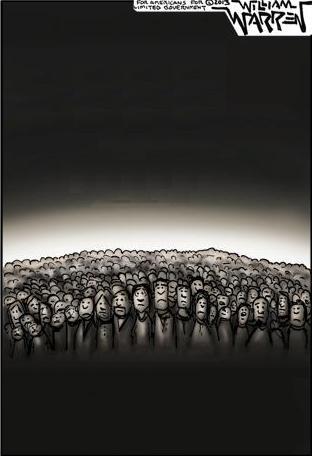By Natalia Castro
For years, the message was to go to college. A college degree became essential for nearly any job and American youth have flocked into Universities at higher rates than ever before. But mounting debt and the struggle to find jobs has created a bubble that is ready to burst. Now, some states are starting to expand programs which promote vocational training and trade jobs, rather than sending everyone to college.
Millennials are the most college educated generation, but at the same time are finding themselves unable to enter the labor force. The value of a college degree has dropped substantial due to increased enrollment, while tuition soars alongside attendance. Graduates are finding themselves with an invaluable degree, mounds of debt, and an inability to find a job.
This bubble has finally burst.
In states like Iowa, more than half of the available jobs are middle skilled jobs requiring some form of vocational training, or jobs which require more than a high school degree but less than a four-year college degree. Students entering college, rather than these careers have caused a skills gap across industries in the state’s labor force.
To meet labor force demands, The Houston Chronicle of Aug. 2017 explains, “More K-12 schools and Iowa companies are partnering to add and expand skilled-trades programs; from creating the Skilled Trades Academy in Des Moines to a pre-apprenticeship program in Boone that can reduce the amount of time it takes a student to complete a traditional apprenticeship.”
By instituting vocational programs and skills based training programs, states like Iowa are fighting to combat the growth of universities and provide students with additional options.
This has been a trend across state lines, California is now spending $6 million on a campaign to revive the reputation of vocational education, and $200 million to improve vocational programs directly.
This reputation revival is necessary, since vocational and trade based education has dramatically altered from its original scope. Judy Bass explained in Education Dive, that initially trade education remained focused in industries such as automotive, construction, and graphics; but today, skills training focus on engineering, robotics, telecommunications and fiber optics, criminal justice, biotechnology and computer technology. Even in the automotive industry, students receive training on up to date technology that can serve them across fields.
The United States should be training our children for jobs they can receive, not leading them to debt they cannot afford, because the reality is not everyone should go to college or even needs to. There are many students who can attend trade schools to learn skills that can support their lives immediately.
This would prevent students from simply wasting their degree, but rather putting the skills they learn to good use.
Bloomberg’s Richard Vedder writes, “The number of college graduates far exceeds the growth in the number of technical, managerial, and professional jobs where graduates traditionally have gravitated… [W]e have a new phenomenon: underemployed college graduates doing jobs historically performed by those with much less education. We have, for example, more than 100,000 janitors with college degrees, and 16,000 degree-holding parking lot attendants.”
States must combat this dilemma before labor forces collapse and graduates continue to accrue unpayable debt. Trade and vocational schools present the unique opportunity to get ahead of this problem. As always, expectations must be managed accordingly. The message should not simply be go to college but go somewhere that gives you a future.
Natalia Castro is a contributing editor at Americans for Limited Government.








